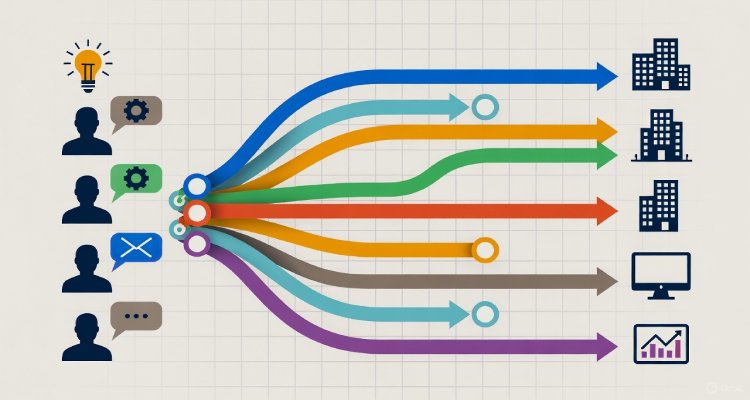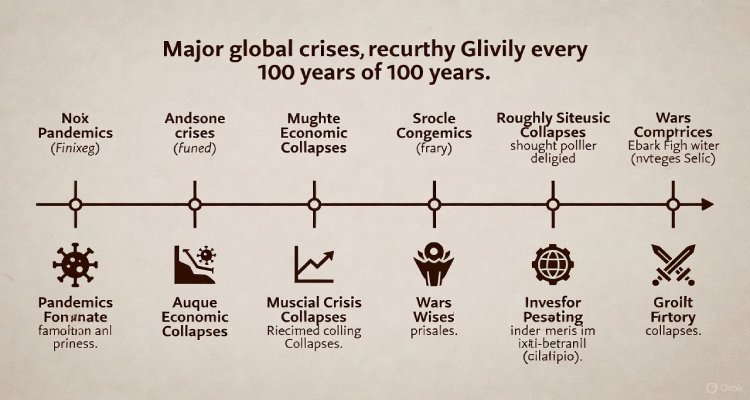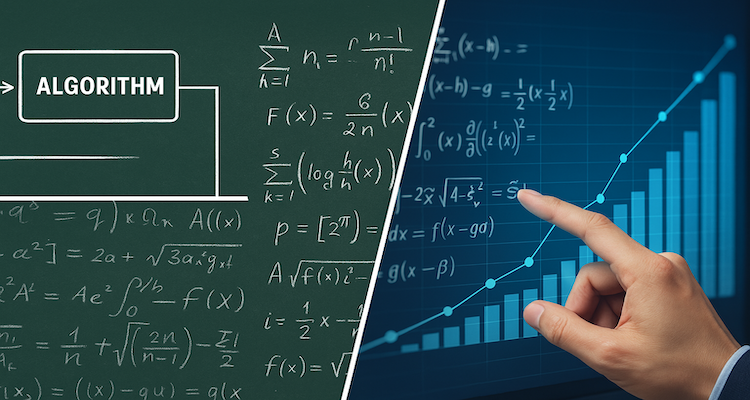AI Isn’t Magic—It’s Math: Why Understanding It Matters
Artificial Intelligence isn’t wizardry—it’s a product of mathematics, data, and code. Here’s why understanding the basics of AI is critical in today’s digital world.
Introduction: Pulling Back the Curtain on “Magical” Machines
In boardrooms, classrooms, and newsfeeds across the globe, artificial intelligence (AI) is often portrayed as either the messiah of modern innovation or an ominous, unknowable force. Phrases like “AI is taking over” or “AI will change everything” feed a growing mythology—one where algorithms are painted as sorcery, too complex for the average person to grasp. But behind every AI-powered chatbot, facial recognition tool, or autonomous vehicle lies a simple truth: AI isn’t magic—it’s math. And understanding that can be empowering.
Context & Background: From Algorithms to Automation
Artificial Intelligence, in its modern form, is rooted in mathematical logic, statistics, and computational theory. While terms like “machine learning” and “neural networks” might sound mysterious, they’re fundamentally mathematical constructs that process inputs and optimize for outcomes. These technologies have existed for decades, but recent advancements in data availability, processing power, and algorithmic refinement have made AI practically omnipresent.
From Netflix recommendations to credit scoring to cancer diagnosis, AI systems are increasingly embedded in decisions affecting our daily lives. Yet public understanding often lags behind deployment. This knowledge gap can result in blind trust—or fear—both of which are dangerous in a world where algorithms shape everything from job opportunities to legal outcomes.
Main Developments: Demystifying the Code Beneath the Hype
So, what’s really happening under the hood of AI? At its core, artificial intelligence is the practice of writing computer programs that use statistical methods to learn from data and make decisions or predictions.
For example:
-
Linear regression (a staple of high school math) is used to predict trends.
Decision trees help software choose between multiple options based on conditions.
Neural networks, inspired by the human brain, involve weighted connections and feedback loops—all grounded in matrices and calculus.
These models are trained using large datasets, where the system adjusts its internal math to minimize errors. The more data, the better the model—up to a point. But without proper oversight, they can also replicate and magnify societal biases hidden in that data.
That’s why understanding the basics isn’t optional. It’s essential for everyone—from consumers and voters to developers and policymakers.
Expert Insight: The Case for Mathematical Literacy in AI
“People often overestimate what AI can do and underestimate how much it relies on very human decisions,” says Dr. Fei-Fei Li, Stanford professor and co-director of the Human-Centered AI Institute. “Behind every dataset is a person deciding what to include, what to measure, and how to label it.”
Similarly, Gary Marcus, cognitive scientist and author of Rebooting AI, warns that “we’re still far from creating machines with real understanding. What we call intelligence today is essentially optimized pattern recognition.”
Even OpenAI, the organization behind ChatGPT, emphasizes transparency in how models are trained and deployed. Their documentation stresses that AI systems are “highly statistical” and should be interpreted as probabilistic, not deterministic.
The broader message from experts is clear: the better we understand the math, the better we can question, guide, and regulate AI.
Impact & Implications: Why You Should Care
Understanding that AI is mathematical—not magical—has far-reaching consequences:
1. Informed Decision-Making
If you know how recommendation engines work, you’re less likely to be manipulated by them. This is especially critical in areas like political content, financial advice, or health-related searches.
2. Workplace Relevance
In virtually every industry, AI literacy is becoming a baseline requirement. From journalism to marketing to healthcare, knowing the fundamentals helps professionals work alongside AI tools—rather than be replaced by them.
3. Accountability and Ethics
When AI decisions go wrong—such as a biased algorithm denying a loan or a flawed facial recognition system leading to wrongful arrests—understanding the model’s logic is crucial for seeking justice. Mathematical literacy helps demystify the systems and assign responsibility.
4. Democratic Participation
Laws and regulations surrounding AI are still developing. Citizens need to engage in debates about privacy, automation, and surveillance. Doing so requires a foundational grasp of how these systems operate.
Conclusion: From Passive Users to Active Participants
AI may be complex, but it’s not incomprehensible. You don’t need to become a data scientist to understand its core principles. Much like financial literacy or media literacy, AI literacy is emerging as a civic skill—one that helps protect your rights, enhance your career, and shape the society you live in.
It’s time to move beyond the myth that AI is magical. Because when we believe in magic, we stop asking questions. But when we understand the math, we begin to shape the future.
⚠️ (Disclaimer: This article is for informational purposes only and does not constitute technical, legal, or professional advice. Always consult experts before making decisions related to AI systems.)
Also Read: Ethical AI Begins With Awareness: Why Conscious Coding Matters











